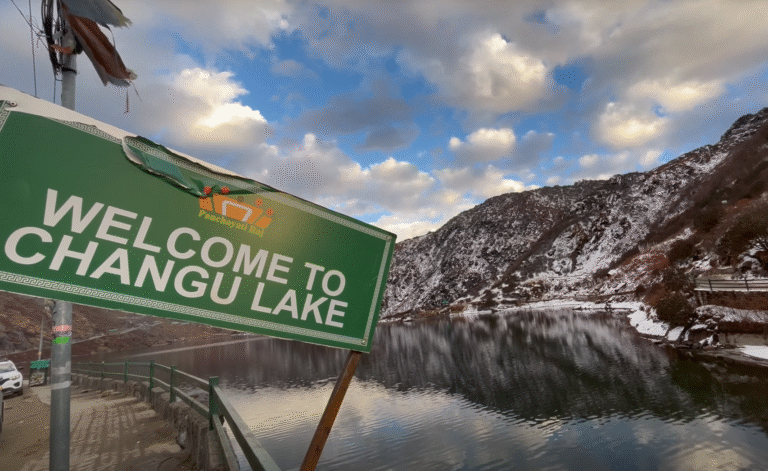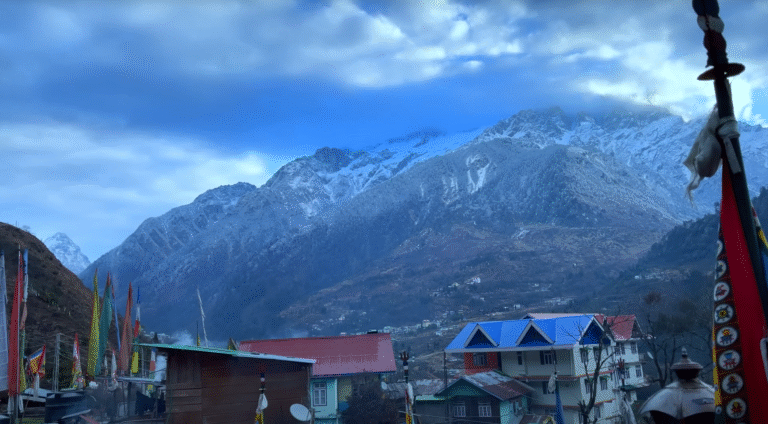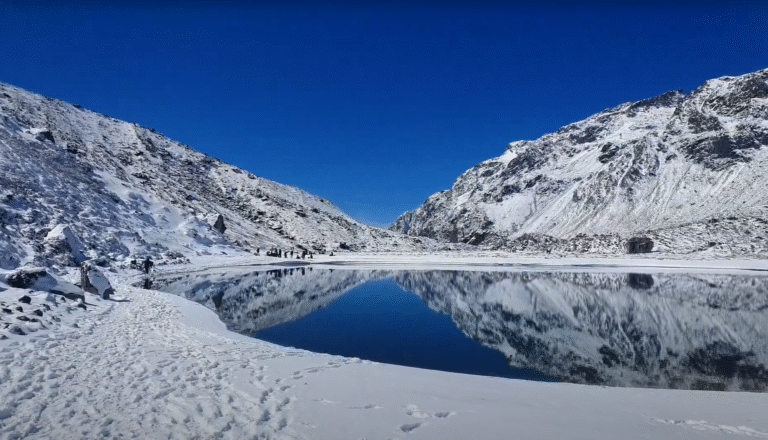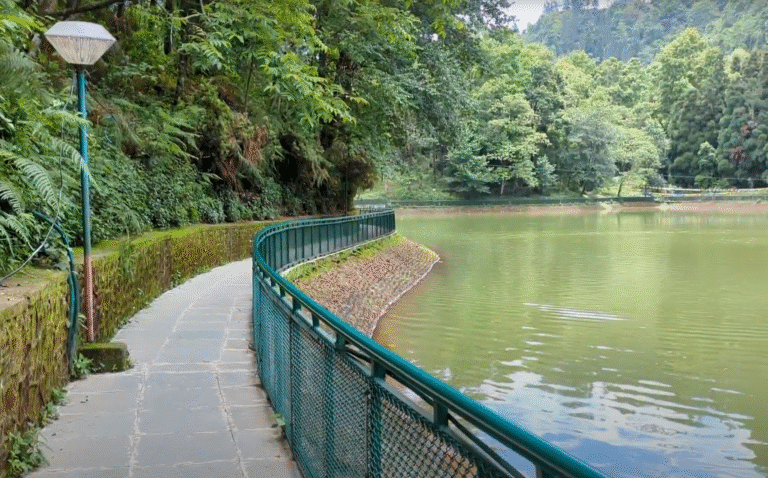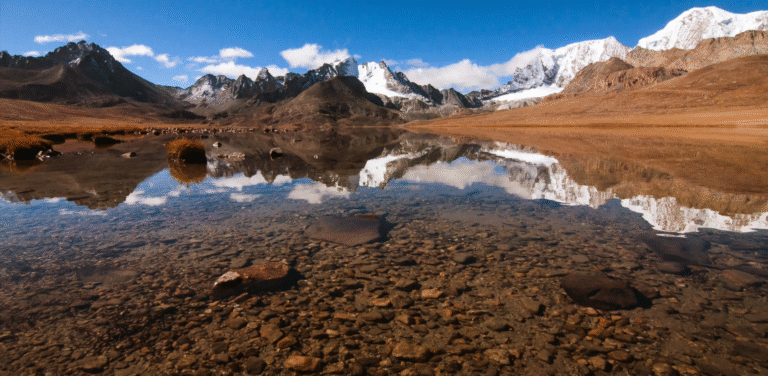Sikkim’s Wildlife and Nature Conservation Efforts: A Traveler’s Guide (2025)
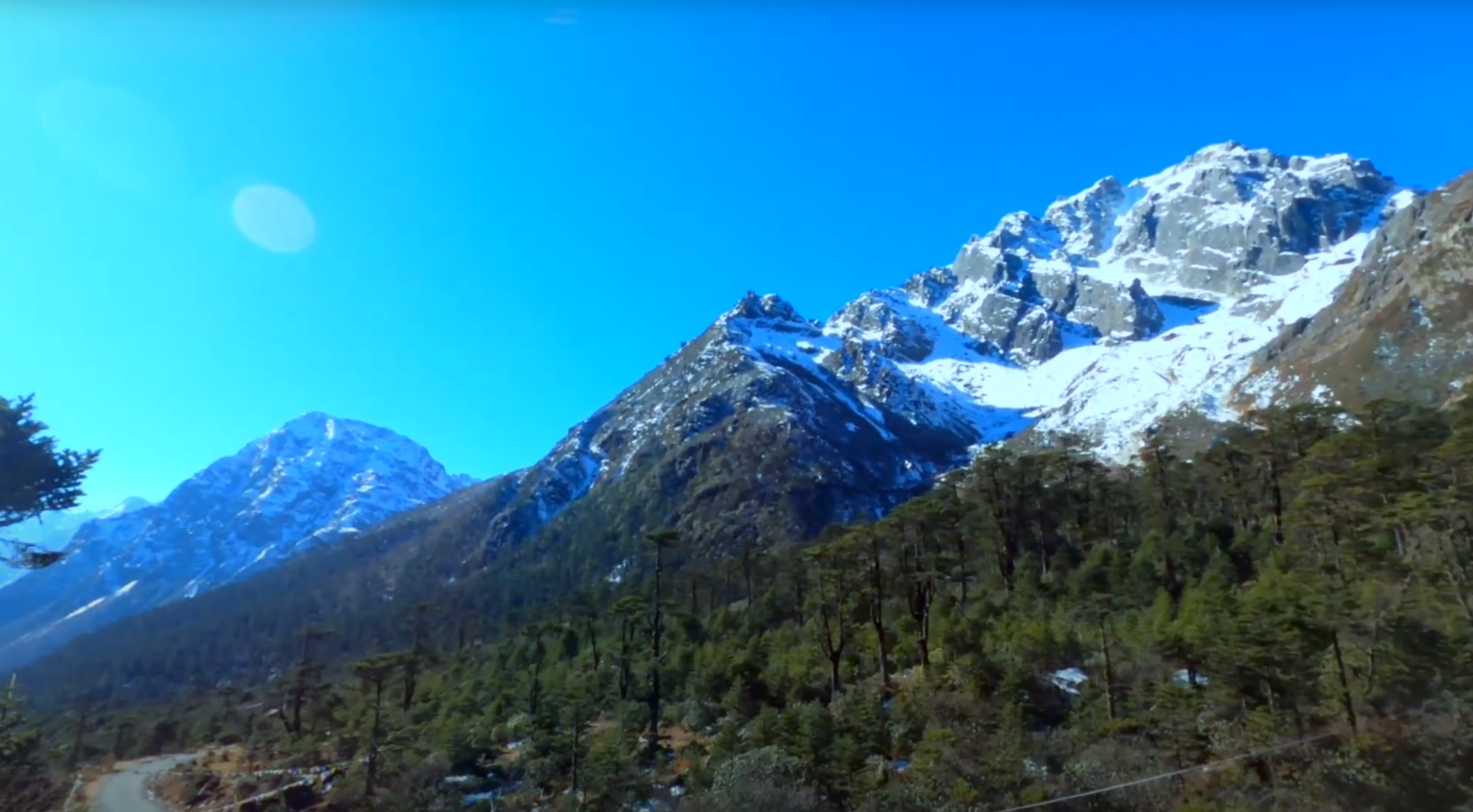
When most travelers think of Sikkim, images of snow-capped peaks, Buddhist monasteries, and colorful prayer flags come to mind. But beyond its spiritual charm and Himalayan views, Sikkim has another story to tell—one of wildlife, forests, and remarkable conservation efforts.
This tiny Himalayan state, bordering Nepal, Bhutan, and Tibet, has emerged as a global leader in sustainability. From being the world’s first 100% organic state to creating vast protected zones for endangered species, Sikkim offers travelers the chance to explore untouched wilderness while supporting eco-friendly initiatives.
Why Sikkim is a Biodiversity Paradise
Sikkim lies in the Eastern Himalayan biodiversity hotspot, one of the most ecologically rich regions on Earth. Despite covering just 0.2% of India’s land area, it harbors:
- 🌿 Over 4,500 species of flowering plants (including 36 species of rhododendrons and 500 species of orchids).
- 🐦 Around 550 species of birds such as the Blood Pheasant (Sikkim’s state bird), Himalayan Monal, and Satyr Tragopan.
- 🦊 150 species of mammals, including the elusive Snow Leopard, Red Panda (state animal), and Himalayan Black Bear.
- 🦋 Hundreds of butterfly species like the Kaiser-i-Hind, making the state a paradise for entomologists and photographers alike.
This natural wealth makes Sikkim a dream for eco-travelers, trekkers, and wildlife lovers.
Top Protected Areas and Wildlife Sanctuaries in Sikkim
Nearly one-third of Sikkim is under protected zones, a rare achievement. Here are the must-visit reserves for travelers:
🌄 1. Khangchendzonga National Park (UNESCO World Heritage Site)
- Covers almost 25% of the state’s area.
- A mix of glaciers, alpine meadows, valleys, and forests.
- Home to Snow Leopards, Red Pandas, and Himalayan Tahr.
- Traveler’s Tip: Trekking routes like Goecha La Trek offer not just majestic mountain views but also glimpses of rare flora and fauna.
🌸 2. Shingba Rhododendron Sanctuary (Yumthang Valley)
- Located in North Sikkim.
- Famous for its spectacular rhododendron bloom (April–June).
- Birdwatchers may spot species like the Fire-tailed Sunbird.
- Traveler’s Tip: Combine this visit with Yumthang’s hot springs for a rejuvenating experience.
🐼 3. Fambong Lho Wildlife Sanctuary (Near Gangtok)
- Only 20 km from the capital.
- Rich in birds like the Satyr Tragopan and mammals such as the Red Panda.
- Traveler’s Tip: Ideal for short treks and bird photography.
🏞️ 4. Maenam Wildlife Sanctuary (South Sikkim)
- Known as the treasure house of medicinal plants.
- Houses Himalayan Black Bears, Civets, and many bird species.
- Traveler’s Tip: Trek to Maenam Hilltop for stunning views of the Teesta River and surrounding peaks.
🌲 5. Kyongnosla Alpine Sanctuary (Near Tsomgo Lake)
- High-altitude sanctuary with orchids, rhododendrons, and snow leopards.
- Traveler’s Tip: Visit in spring for blooming flowers or in winter for snow-covered landscapes.
Sacred Natural Sites Protected by Communities
Sikkim’s conservation success isn’t just about government policies—it’s deeply tied to local traditions and spirituality.
- Khecheopalri Lake (West Sikkim) is considered sacred by Buddhists and Hindus. Locals believe not a single leaf is allowed to float on its surface, and the community actively ensures its cleanliness.
- Dzongu Region, homeland of the Lepcha tribe, is preserved as a cultural and ecological zone. Tourism here is strictly eco-friendly, with homestays and guided treks promoting responsible travel.
Traveler’s Tip: When visiting sacred sites, respect local customs—avoid littering, loud noise, or disruptive activities.
Sikkim’s Groundbreaking Conservation Policies
Sikkim has become a global model for sustainability and conservation:
- 🌱 100% Organic Farming (since 2016): First fully organic state in the world. No chemical fertilizers or pesticides are used.
- 🚯 Plastic Ban (since 1998): One of the first Indian states to ban single-use plastic bags.
- 🐂 Ban on Grazing in Reserved Forests: Helps protect fragile alpine meadows and wildlife habitats.
- ⚡ Eco-sensitive Tourism Policies: Strict limits on permits for high-altitude areas like Gurudongmar Lake and Dzongu to reduce ecological stress.
Traveler’s Tip: Carry reusable bottles and eco-friendly travel gear—Sikkim takes its green policies seriously, and travelers are expected to respect them.
Wildlife to Watch Out For
If you’re lucky, your Sikkim trip may reward you with a sighting of:
- 🐼 Red Panda – shy and tree-dwelling, found in Fambong Lho and Singalila ranges.
- 🐆 Snow Leopard – elusive predator of high-altitude zones.
- 🦅 Lammergeier (Bearded Vulture) – often seen soaring near cliffs.
- 🦌 Musk Deer – known for its musk gland, often poached but protected in sanctuaries.
Traveler’s Tip: Always hire trained local guides for treks and wildlife spotting—this ensures safety and supports the local economy.
Eco-Tourism Experiences in Sikkim
Travelers can actively take part in community-based conservation tourism:
- 🌿 Homestays in Dzongu and Kewzing Villages: Stay with Lepcha families, taste organic meals, and learn about traditional conservation practices.
- 🥾 Nature Walks in Temi Tea Estate: India’s only organic tea estate, offering scenic walks amid rolling tea gardens.
- 🐦 Birdwatching Tours in South Sikkim: Best time is March–May when forests are alive with migratory species.
- 🌸 Flower Festivals in Gangtok (April & May): Celebrate Sikkim’s orchids and rhododendrons.
Challenges Sikkim Faces
Despite its achievements, Sikkim’s fragile ecosystem faces threats:
- Glacial Retreat due to climate change.
- Tourism Pressure in high-altitude areas like Gurudongmar Lake.
- Illegal Wildlife Trade, especially targeting Red Pandas and Musk Deer.
The government and NGOs like WWF-India are working on awareness, strict laws, and eco-tourism projects to address these.
Travel Tips for Responsible Visitors
- Get Permits: Many areas (North Sikkim, Nathula Pass, Dzongu) require permits. Carry valid ID.
- Travel Off-Season: Visit in spring (March–June) or autumn (Sept–Nov) to avoid overcrowding.
- Use Local Guides: They know the terrain and wildlife best.
- Stay Eco-Friendly: Choose certified homestays, avoid plastic, and carry reusable water bottles.
- Respect Local Culture: Many natural sites are sacred. Follow dress codes and community rules.
Conclusion
Sikkim is much more than a Himalayan getaway—it’s a living classroom in conservation and sustainable travel. By visiting responsibly, you’re not just witnessing snow leopards, orchids, and sacred lakes; you’re also contributing to a state that has chosen to put nature before profit.
So on your next journey to the Himalayas, step into Sikkim with curiosity and care. From organic farms to pristine sanctuaries, this little state will show you how wildlife and people can thrive together.
